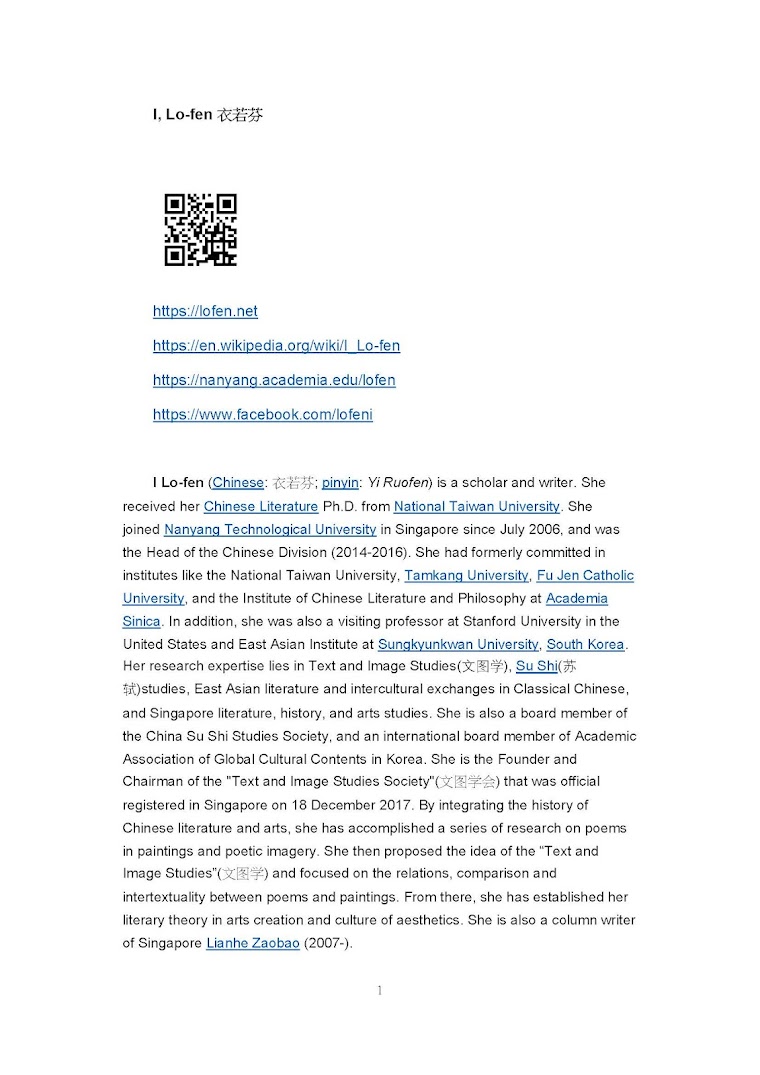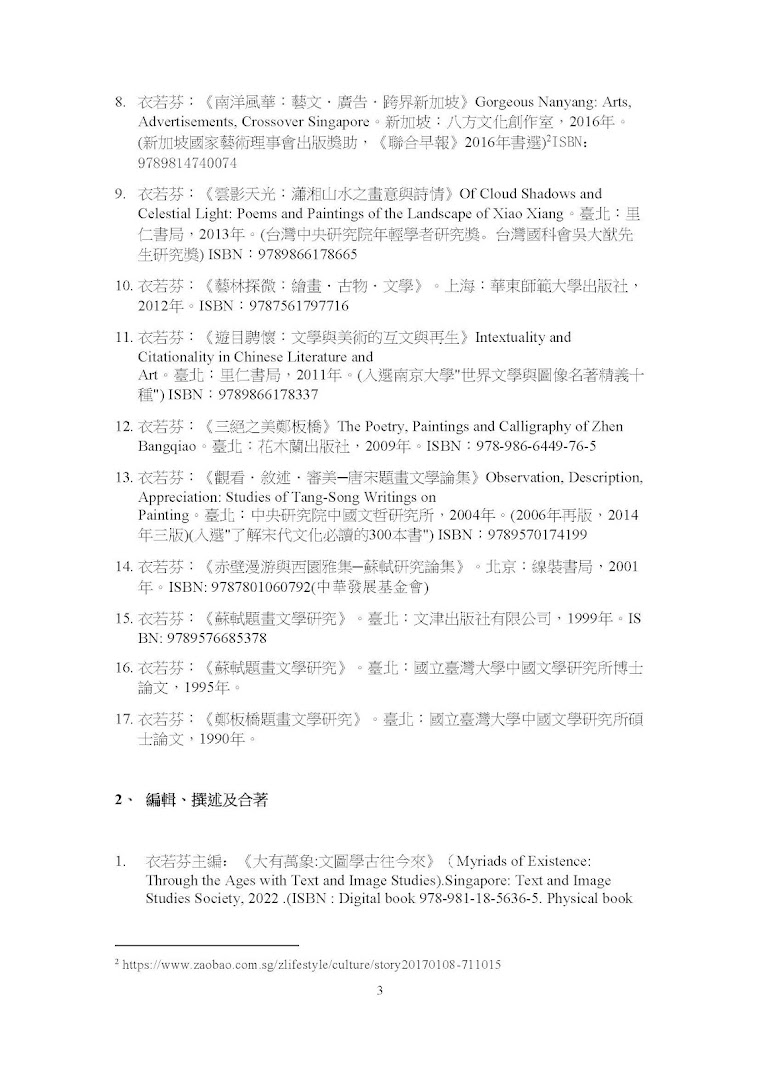你听说过“对马岛”(つしま Tsushima)吗?
近年来,由于电玩“对马岛之魂” (Ghost of Tsushima)爆红,连带激发了实地一探对马岛的兴趣。我去对马岛,倒不是为了体验电玩的场景,而是解开五百年前的“韩流”和其中的“骗局”。
位于朝鲜半岛和日本九州之间,对马岛天然的地理位置成为两国往来的中介。日本称对马岛为“国境之岛”,可不是吗?距离韩国釜山最近的地点不及50公里,接受韩国电信的讯号比日本还强!因为距离九州岛本岛还要大约132公里哩。
于是,从釜山乘船可以出国一日游。我也在满满的韩国游客入境队伍中因为会说一点日语而被海关人员美美地夸赞一番(可见日本游客真的好少)。首先证实了我的猜想:五百年前,甚至更早,对马岛对外交流就频繁和韩国接触。公元三世纪陈寿的《三国志》就提到过“对马国”(有的版本写作“对海国”),说这里“土地山险,多深林,道路如禽鹿径。有千余户,无良田,食海物自活。”缺乏平缓土地耕种,对马岛的粮食农作物必须依靠外地输入。
韩国导游协助旅客将行李搬上小货车,然后准备带着大家步行前往旅店。我订的旅店高耸远方,遥望可见,懒得拖拉行李箱,叫个uber吧!
这里…没有uber?
韩国导游笑了:“这是是对马岛啊!”
拜托她帮忙,她问了小货车司机大叔,帮我打电话叫出租车。
再一次体会不能理所当然地在这里过生活,资源有限且珍贵。
作为日韩的中介,对马岛藩主扮演着穿针引线,折冲制衡的角色。为此,他和家臣联手,两面做人,多次伪造两国的国书,钤盖上仿制的印章,煞有介事地当起外交亲善桥梁。韩文钟教授研究统计,在朝鲜王朝建国的1392年到1592年丰臣秀吉侵略朝鲜的壬辰倭乱,200年期间,朝鲜对日本出使65次,18次是对幕府将军,33次对对马藩主。也就是说,日韩的政治和平、商贸交易,大部分能够仅仅仰赖对马藩主达到目的。
我们看这一封原件藏于日本皇室宫内厅书陵部的1590年朝鲜国书:
朝鲜国王李昖(钤“为政以德”印) 奉书
日本国王 殿下
春候和熙,动静佳胜。远传
大王统一六十余州,虽欲速讲信修睦,以敦邻好,恐道路湮晦,使臣行李有淹滞之忧欤,是以多年思而止矣。今令与贵价,遣黄允吉、金诚一、许箴之三使以致贺辞。自今以往,邻好出于他上,幸甚。仍不腆土宜,录在别幅,庶几
笑留,余
顺序珍啬。不宣。
万历十八年三月 日
朝鲜国王李昖(钤“为政以德”印)
内容讲的是恭贺丰臣秀吉统一了日本六十余州,朝鲜将派遣三位使臣前往致意。在别张纸纪录了赠送的土特产,希望丰臣秀吉笑纳并珍惜保重。
如此谦卑的语气,将幕府将军尊崇到国王的地位,当然不符合朝鲜对幕府的真实态度。那枚并非御玺的私印也不同于真正的古篆字纹印章。丰臣秀吉企图通过朝鲜进攻中国,朝鲜忠于明朝,连年号都奉明朝正朔,怎么可能对丰臣秀吉阿谀奉承呢?
赚取“信息差”红利的对马藩主宗义信以及他的后人,如此行之数十年,直到家臣柳川氏因利益纠葛而揭穿骗局。讽刺的是,柳川氏竟然遭到惩处,对马藩主安然无事!
果然是“务实”的政治现实啊!朝鲜国王、对马藩主、幕府将军(包括德川家康),各取所需。
我站在严原港口,五月的晚风清凉。思量着小政权的生存之道,突然涌现当下的既视感。
2025月7月7日,新加坡《联合早报》“上善若水”专栏
















